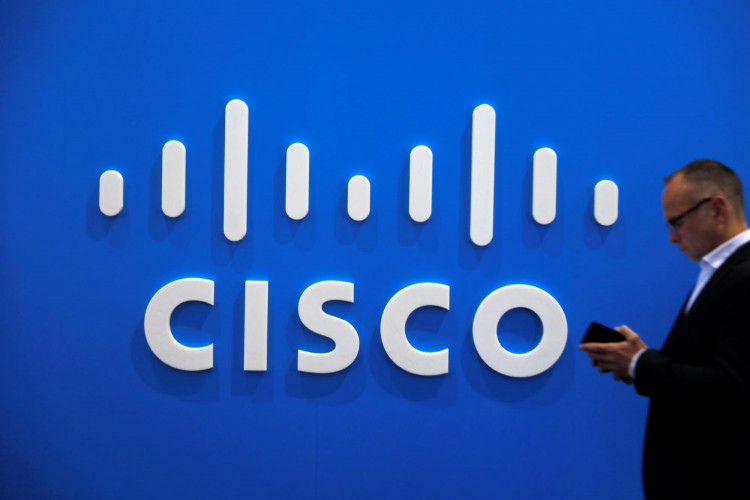Cisco Systems Inc., a leading technology conglomerate, announced a significant restructuring plan on Wednesday, including a 7% reduction in its global workforce. The move is aimed at refocusing the company's resources on high-growth areas such as artificial intelligence (AI) and cybersecurity, as it navigates a recovering demand environment for its core networking equipment.
The San Jose-based company's decision, which follows an earlier 5% workforce reduction announced in February, will affect approximately 6,000 employees. This latest round of layoffs is part of Cisco's broader strategy to adapt to changing market dynamics and to diversify its business beyond the traditional networking hardware that has long been its mainstay.
"We're now returning to a more normalized demand environment," said Cisco CEO Chuck Robbins during an analyst call, indicating that the company has seen a rebound in demand following the supply chain disruptions and post-pandemic slowdowns that previously hampered its operations. Robbins emphasized that the company's focus would increasingly be on software, services, AI, and cybersecurity, areas that offer more sustainable growth prospects in the evolving tech landscape.
The restructuring plan is expected to incur pre-tax charges of up to $1 billion, with $700 million to $800 million of these charges being recognized in the first quarter of Cisco's fiscal year 2025. Despite the financial impact of the restructuring, Cisco's stock responded positively to the announcement, rising by about 8% in pre-market trading on Thursday, reflecting investor confidence in the company's strategic direction.
Cisco's financial outlook for the first quarter of fiscal 2025 was also optimistic. The company forecasted revenue in the range of $13.65 billion to $13.85 billion, with adjusted earnings per share expected to be between $0.86 and $0.88. These projections were slightly above analysts' expectations, further bolstering market sentiment.
The restructuring is part of Cisco's broader efforts to reduce its reliance on hardware sales and pivot towards more lucrative areas such as AI and cybersecurity. In line with this strategy, Cisco made headlines last year with its $28 billion acquisition of cybersecurity firm Splunk, marking the largest deal in the company's history. This acquisition is seen as a critical step in Cisco's plan to become a leader in the cybersecurity space, a sector that is expected to see robust growth in the coming years.
To further capitalize on the AI boom, Cisco also launched a $1 billion investment fund in June, targeting startups in the AI space, including Cohere, Mistral AI, and Scale AI. These investments are part of Cisco's long-term vision to integrate AI capabilities across its product portfolio, enhancing its competitiveness in an industry increasingly driven by data and automation.
Despite the challenges posed by the ongoing restructuring, Cisco's recent financial performance has shown resilience. The company reported revenue of $13.64 billion for the fourth quarter ended July 27, surpassing the market estimate of $13.54 billion. Adjusted profits per share were also slightly higher than expected, coming in at $0.87 compared to the anticipated $0.85.
However, the job cuts and restructuring charges are a clear indication that Cisco is not complacent. The company is making tough decisions to streamline operations and invest in growth areas that will position it for long-term success. As Michael Ashley Schulman, chief investment officer at Running Point Capital, noted, the layoffs will allow Cisco to "maintain focus on growth areas such as software, services, AI, and cybersecurity, while balancing its financial obligations."
The technology sector is undergoing rapid transformation, and Cisco's latest moves reflect the company's recognition of the need to evolve. By reducing its dependence on traditional hardware and aggressively pursuing opportunities in AI and cybersecurity, Cisco is aiming to stay ahead in a highly competitive market. The coming quarters will be crucial in determining whether these strategic shifts will pay off, but for now, Cisco appears to be on a path of cautious optimism.




